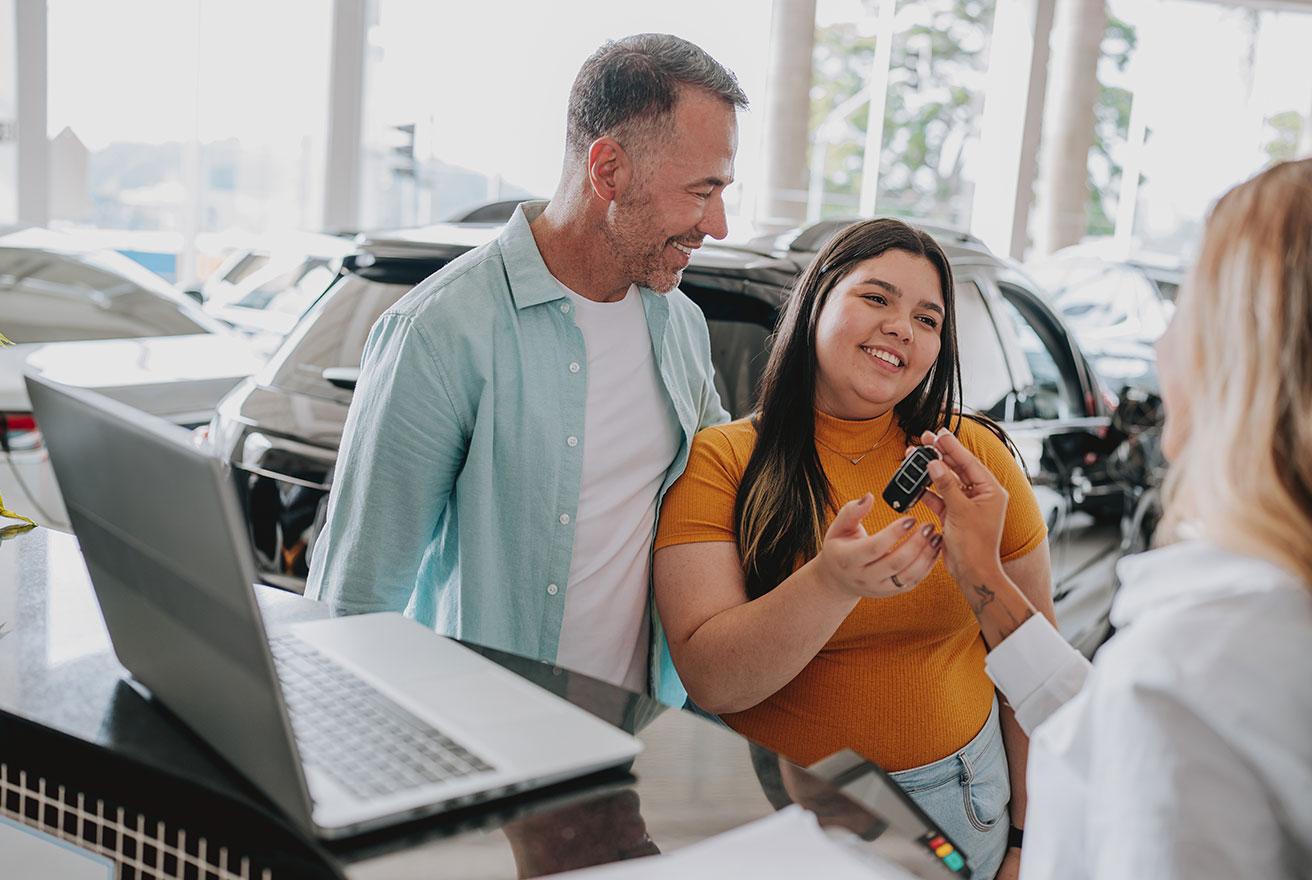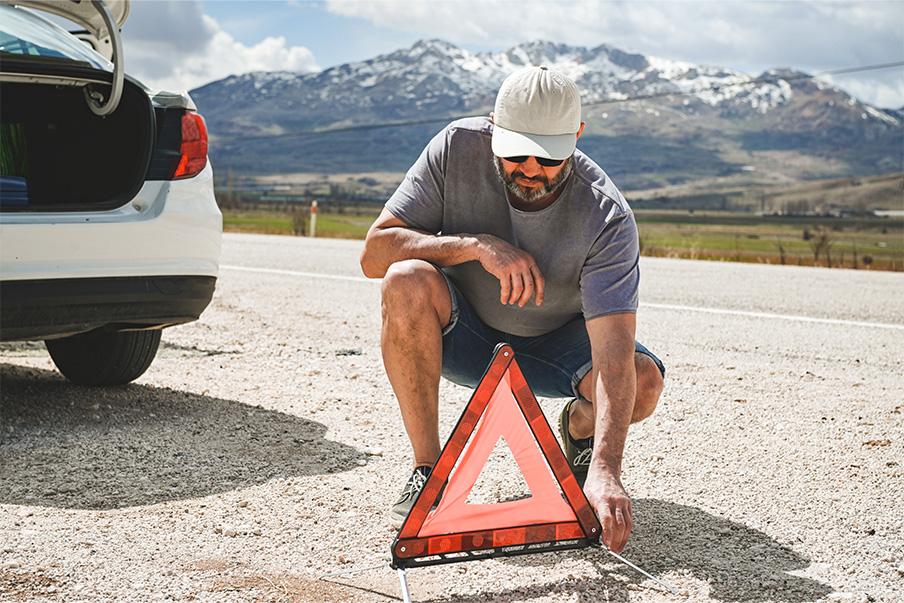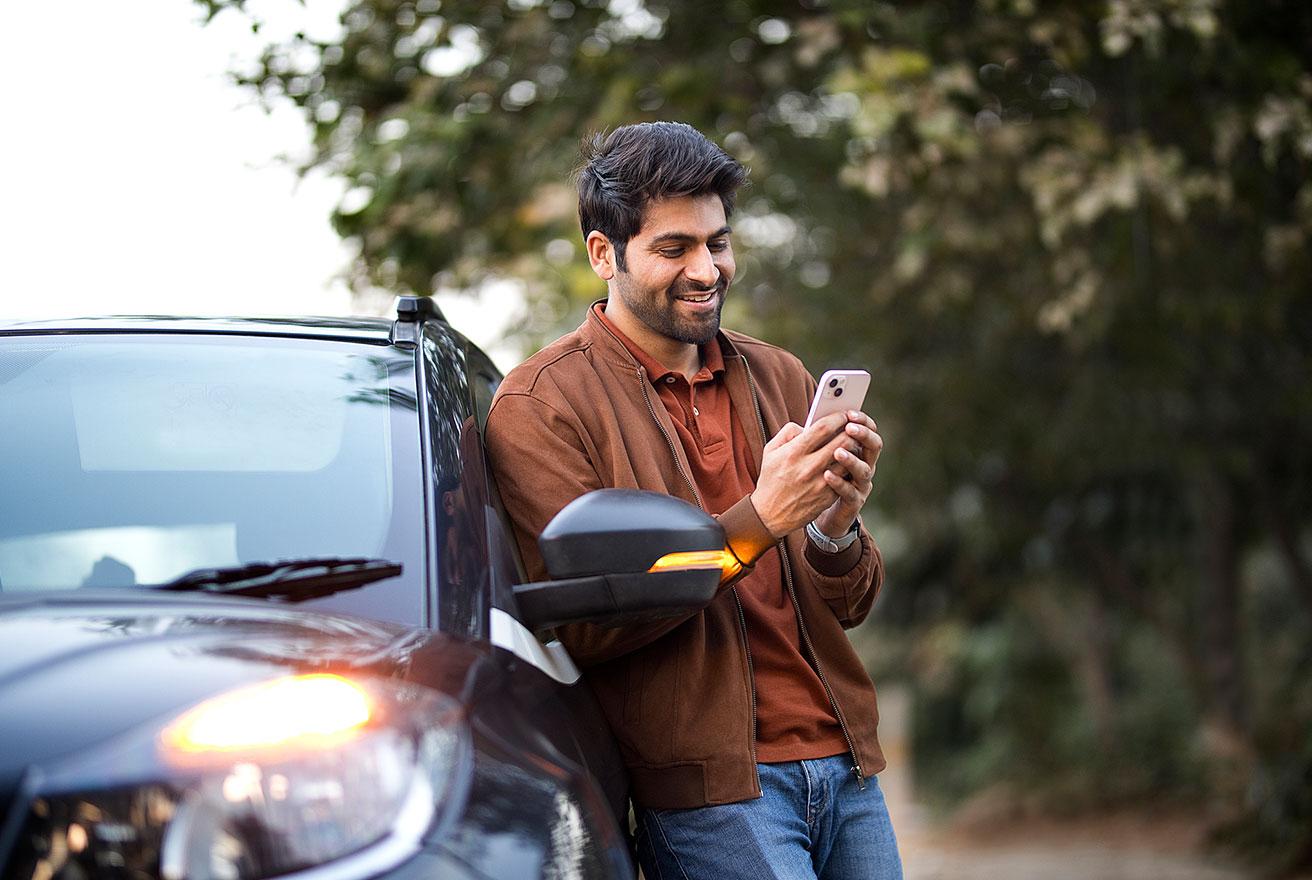
Roadside Assistance Myths: Top 5 Misconceptions Debunked
A recent 2025 benchmark study that surveyed 1,000 drivers found that many drivers are misinformed about roadside coverage, causing misconceptions that actually pose a barrier to roadside usage and adoption. As a result, drivers aren’t utilizing services they’re paying for to their advantage, and end up taking on unnecessary costs – be it money, time or energy.
Here are the top five misconceptions of roadside assistance and how these misunderstandings are costing you more than what you pay (or would pay) for roadside coverage.
1. My chances of having a roadside event are slim to none.
Your chances of experiencing a roadside event is much higher than you think. For every 100 drivers, 49 reported that they had at least one roadside event in the last 12 months. That means about 1 in 2 drivers will need some sort of roadside assistance every year. Therefore, it’s not a matter of “if” you’ll experience an event, but “when”.

In addition, hybrid and electric vehicle owners are more likely to experience a roadside event than their internal combustible engine (ICE) cohort. 50% of hybrid vehicle owners and 63% of EV (battery and plug-in) vehicle owners experienced a roadside event in comparison to just 48% of ICE vehicle owners.
Several key factors explain this trend. Modern electric vehicles (EVs) and hybrids depend on advanced electrical systems and battery technology that are more sensitive to extreme temperatures and require specialized maintenance. This makes them more prone to issues in harsh weather.
Beyond temperature sensitivity, other unique aspects contribute to unexpected disablements. Regenerative braking systems and higher torque lead to increased tire wear. Many EV owners are also surprised to find their vehicles lack a spare tire, a growing trend across all car types. These factors often result in higher tow rates for what would typically be a standard roadside repair. While EVs are generally reliable, their distinct components and developing support infrastructure create new roadside challenges for drivers.
If you’re a hybrid or EV owner, rest assured that hybrid and EV-specific roadside coverage is included in your policy. If it isn’t, reach out directly to your carrier or agent to learn more about how to add it. This can usually be done for the price of less than a cup of coffee per month. If you forgo adding coverage, paying out of pocket for one event could be more expensive than having peace of mind year-round.
2. Roadside assistance is just for the side of the road.
Due to its naming convention, many drivers associate roadside assistance with a car pulled over on a road or the shoulder of a highway. However, this is true for just 44% of all events. Surprisingly, more than half of all events actually occur at peoples’ homes (42%) or in public parking lots (26%).

As a result, recalling coverage during an event that isn’t on the road or highway doesn’t always come top of mind for drivers. Consequently, they’re turning to and paying for external services outside of their roadside plan to cover these events (for example, hiring a locksmith if they’re locked out at home when a majority of roadside plans cover home lockouts).
Don’t accrue additional costs for services you’re already paying for. To avoid this, make sure you understand the depth and breadth of your roadside coverage early and often. This won’t only help you recall coverage during events that happen at home or in parking lots, but will also help you remember that roadside is still applicable if your vehicle experiences a disablement off the road.
3. Roadside takes too long and is too expensive.
Another major misconception drivers have about roadside is that waiting for professional help to arrive can take an undesired amount of time, and will result in high out-of-pocket costs. Anecdotal stories from family or friends about having to wait hours for a professional to arrive on scene and paying an absurd amount of fees contribute to this misconception–even though, rest assured, these cases are the exception; not the rule.

In reality, seeking professional help is actually the easiest, fastest, and most cost-effective way to get back on the road. Service providers are not only trained to diagnose and repair roadside issues quickly and professionally, but are also aware of the inconvenience drivers face when these situations occur. As a result, their arrival times are prompt.
Additionally, out-of-pocket costs aren’t an issue in the vast majority of cases. If the roadside event falls within coverage limits, the services your vehicle receives will not accrue additional expenses. Again, this is why it’s important to understand the specifics of your roadside program, as it will help you avoid unnecessary costs and set realistic financial expectations.
4. I can save time and money if I fix the problem myself.
Similar to the above, many drivers also believe that fixing a roadside issue themselves will save time and money. This is why nearly half of drivers choose to DIY instead of using a professional.

However, there are many dangers that exist in DIYing. Serious injuries, or worse, have occurred as a direct result of a DIY repair attempt gone wrong–especially in high-traffic areas or inclement weather. DIY can also become an unexpectedly expensive endeavor. If you don’t know the ins and outs of car mechanics, this can make the problem worse, resulting in additional repairs.
On the other hand, service providers are trained to handle the dangers of roadside fixes and adhere to strict safety standards and regulations. Therefore, no matter what level of car repair expertise you have, it’s best to leave it to the pros.
For all these reasons, using roadside assistance is still the most cost- and time-effective option. Your monthly coverage fee is typically less than what you would pay out-of-pocket to resolve a single roadside event.
5. Using my roadside program counts as a claim and will affect my insurance premium
Lastly, drivers are weary about using their roadside coverage because they think it may count as a claim and/or impact their premiums. While many auto insurance carriers do not count the usage of roadside assistance as a claim, some carriers do have limitations on the amount of times you can utilize your coverage within a particular time frame; a practice put in place to prevent abuse of the program.
Again, the importance of knowing what your roadside coverage entails cannot be stressed enough. To ensure you understand what your regulations are regarding usage limitations (if any), reach out to your agent or contact us directly. Don’t be hesitant to ask questions to get a comprehensive deep dive of how usage affects your policy–if at all.
You can then leverage this information to prepare you both mentally and financially for any future roadside events, rather than foregoing it altogether and losing benefits you’ve already paid for.
So the next time you have a roadside event (and you will–after all, 55% of drivers have an event every year), don’t fall victim to the misconceptions of roadside assistance programs. Remember that using your roadside coverage is actually the fastest, easiest, safest, and most time and cost efficient way to get back on the road and on with your day. Educate yourself (and your household of drivers) about the importance of understanding coverage options, policies, and limitations–including the best way to access and request assistance. Many carriers recommend using their mobile app for the most seamless roadside experience, since this connects drivers directly to the people dispatching help.
Make sure you download the app and familiarize yourself with how to navigate a roadside request so it’s at your fingertips in a time of need.





